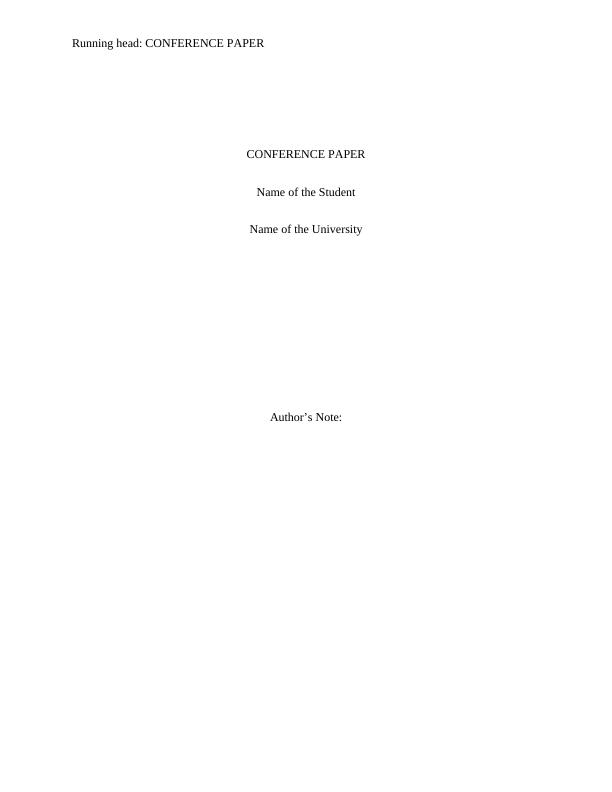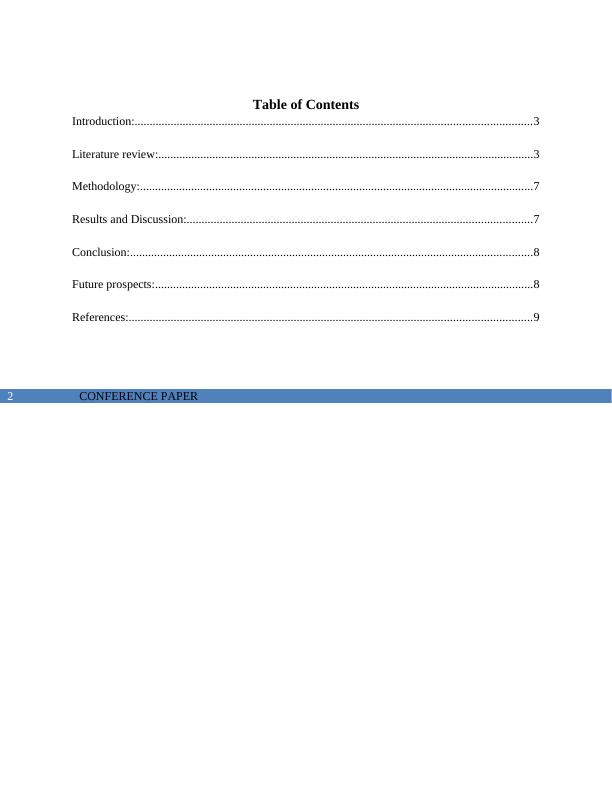EMG and MMG Signals for Diaphragm, Neck, and Chest Wall Muscles in COPD Patients
Added on 2022-10-14
13 Pages3018 Words126 Views
End of preview
Want to access all the pages? Upload your documents or become a member.
Mechanomyography as a Non-Invasive Technique for Diaphragm and Chest Wall Muscle Assessment in COPD Patients
|9
|2390
|268
Muscle Activity in COPD Patients for Non-Invasive Diagnosis
|21
|5208
|90
Social Political & Environmental Issues in International Healthcare
|11
|4026
|342
Chronic Obstructive Pulmonary Disease Essay
|12
|2476
|154
Analysis of Link Between Risk Factors, Aetiology, and Pathophysiology in COPD
|3
|884
|38
Managing Chronic Obstructive Pulmonary Disease (COPD): A Case Study
|11
|3361
|107




